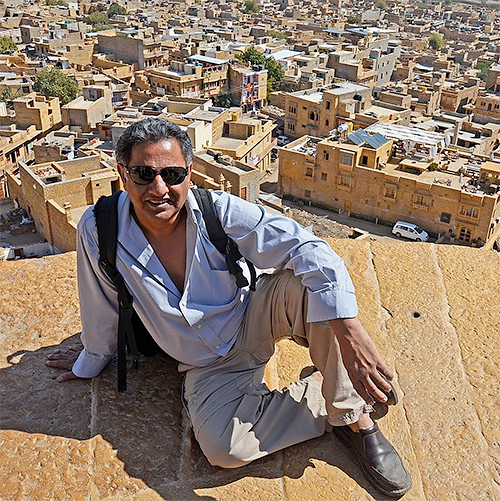Originally from India, Robi Chakraborty studied photography under the prestigious O.P. Sharma at Triveni Kala Sangam Photography in New Delhi. He began his career doing both commercial and press photography in the early 1980s, but through wanderlust and with a spirit to explore, Robi became drawn to photographing the people in the cities and villages of his native India. Taking roads less traveled, Robi sought out cultures and ways of life that were quickly becoming lost in the contemporary, more homogenized world of today.
With his knack for finding people and places where tradition survives in the face of modernity, Robi delves below the surface and succinctly and eloquently captures moments in time that wonderfully illustrate the connection forged with the peoples and cultures that he encounters on his journeys. His work tells his subjects' stories in a way that is relatable and invites the viewer directly into their worlds.
Having lived in India, Nepal, Africa and the US, Robi portrays his global view of the world through his photography by celebrating both the diversity of his subjects yet beautifully revealing the striking similarities and capturing the humanity that we can all relate to.
Discover Robi Chakraborty's Interview